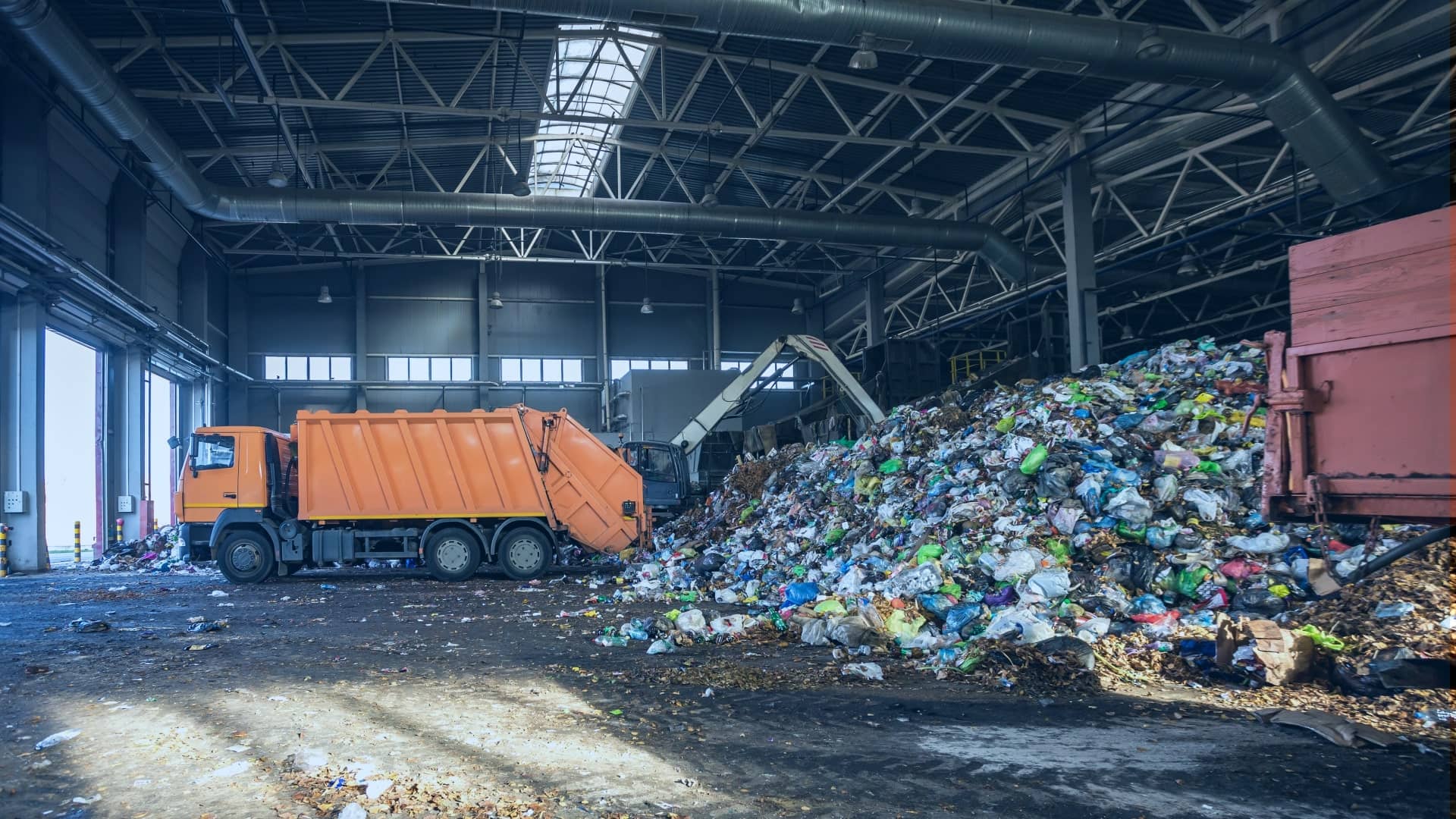Unknown Facts About Reclaim Waste
Unknown Facts About Reclaim Waste
Blog Article
Some Known Facts About Reclaim Waste.
Table of ContentsReclaim Waste Can Be Fun For AnyoneThe Ultimate Guide To Reclaim Waste4 Simple Techniques For Reclaim WasteHow Reclaim Waste can Save You Time, Stress, and Money.The 8-Second Trick For Reclaim Waste
Residential sewer waste refers to the waste and products from a household septic container. The appropriate management and disposal of domestic sewage waste require liquid waste to be transferred to a sewage therapy plant where the correct approaches and tools are applied to detoxify and dispose of waste.
Commercial waste usually consists of possible risks, such as flammable products or a blend of liquid and solid waste items, and requires an advanced and thorough disposal procedure. The disposal of industrial waste usually involves the filtering of waste before transport to ensure safe and appropriate disposal. Hazardous waste is produced from by-products and overflow of industrial procedures and production.
This sort of waste can not utilize the exact same sewer administration transport or processes as septic or business liquids. The hazardous waste management procedure requires the evaluation and screening of liquid waste prior to it goes through the disposal process (liquid waste disposal melbourne). Overflow waste is the fluid waste that comes from overflow and excess stormwater in extremely inhabited locations or cities
Runoff waste can trigger contamination and flooding if not handled effectively. Learn much more concerning drain cleansing and waste monitoring. Ensuring correct waste management can avoid catastrophes and decrease environmental injury. Both individuals in domestic settings and experts in commercial or production industries can gain from recognizing the procedures and regulations of liquid waste monitoring.
Some Known Incorrect Statements About Reclaim Waste
Contact PROS Services today to discover our waste management and disposal solutions and the correct methods to care for the liquid waste you create.
(http://www.askmap.net/location/7161699/australia/reclaim-waste)
This supposed 'wastewater' is not just a vital source but, after treatment, will be launched to our land, waterways or the ocean. Utilized water from bathrooms, showers, bathrooms, cooking area sinks, laundries and commercial processes is recognized as wastewater.

water made use of to cool down machinery or clean plant and equipment). Stormwater, a form of wastewater, is runoff that moves from agricultural and urban areas such as roofs, parks, yards, roadways, paths and rain gutters right into stormwater drains, after rainfall. Stormwater moves unattended straight to neighborhood creeks or rivers, ultimately getting to the sea.
The Facts About Reclaim Waste Uncovered
In Queensland, most wastewater is dealt with at sewage therapy plants. Wastewater is carried from domestic or commercial sites through a system of drains and pump terminals, known as sewerage reticulation, to a sewage therapy plant.
The Department of Natural Resources suggests local governments concerning handling, operating and keeping sewage systems and therapy plants. In unsewered areas, city governments might call for householders to install individual or family sewage therapy systems to deal with residential wastewater from toilets, kitchens, bathrooms and washings. The Division of Natural Resources authorizes the usage of home systems when they are confirmed to be effective.
In some brand-new subdivisions, therapy of some stormwater to eliminate litter, sand and gravel has begun using gross pollutant catches. Wastewater therapy occurs in four phases: Removes solid issue.
Wastewater after that streams into big containers where solids clear up and are gotten rid of as sludge. Grease and scum are skimmed from the surface area. Uses small living organisms called micro-organisms to damage down and eliminate continuing to be liquified wastes and fine particles. Micro-organisms and wastes are included in the sludge. Gets rid of nitrogen and phosphorus nutrients that can trigger algal blossoms in our rivers and intimidate aquatic life.
Not known Facts About Reclaim Waste
Nutrient removal is not offered at all sewer treatment plants because it calls for costly specialised tools. Clear fluid effluent generated after therapy might still include disease-causing micro-organisms - liquid waste removal.

A lot of wastewater flows into the sewerage system. Under the Act, regional governments provide authorizations and licences for ecologically relevant tasks (Periods) involving wastewater launches that could have a neighborhood effect.
Reclaim Waste - An Overview
Tracking provides valid information concerning water top quality and can confirm that licence conditions are being satisfied. The info acquired through surveillance gives the basis for making water top quality decisions.
Report this page